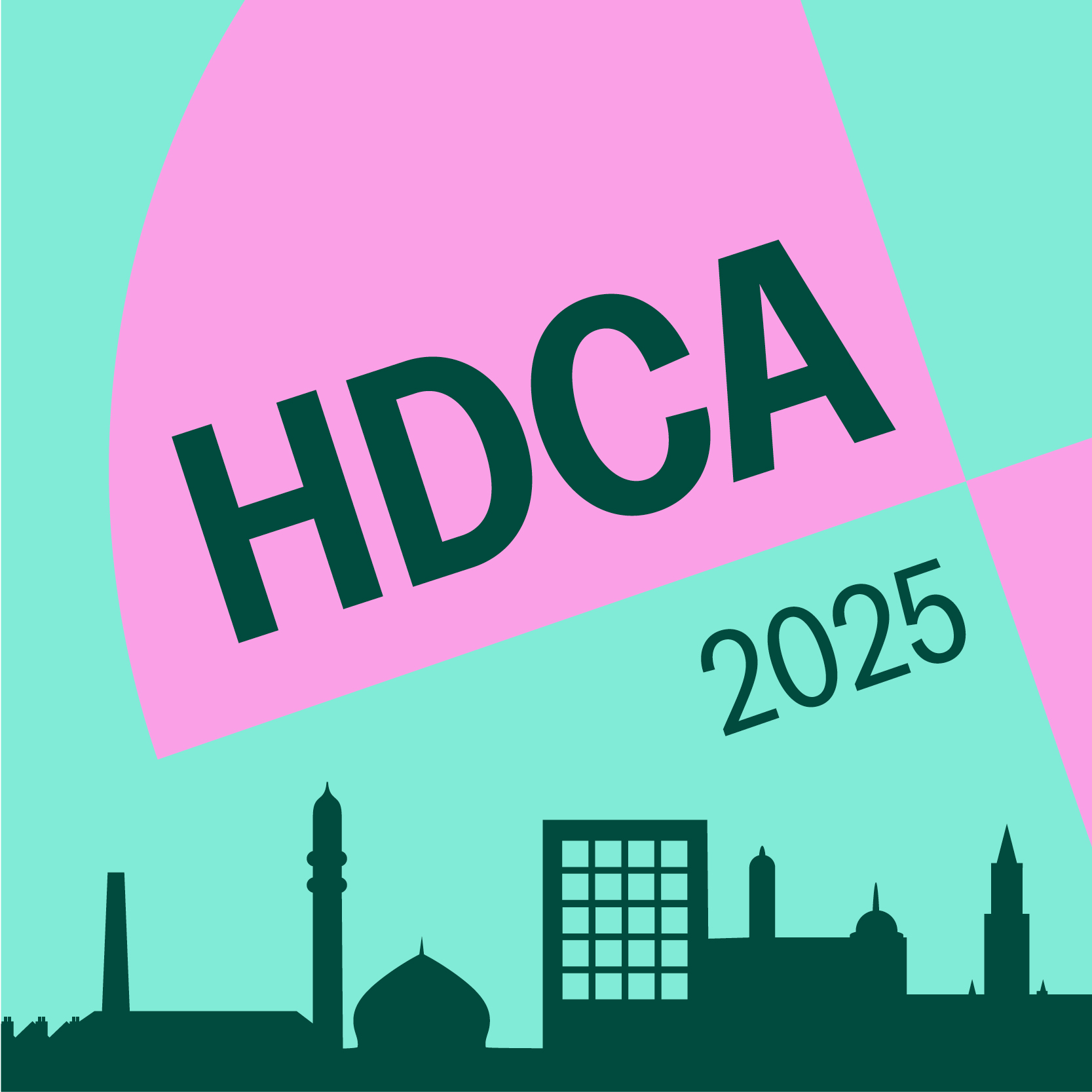Dear members
As some of you may know, a few months ago there was a call for papers for the Special Issue: Social Problems in Latin America: a view from the Capability Approach (https://hd-ca.org/events/call-for-papers-journal-de-ciencias-sociales-journal-de-social-sciences-of-the-universidad-de-palermo-argentina).
Now, the journal needs some assistance with finding reviewers for the submitted papers. One of the papers is in the theme of Children & Youth and Education (abstract attached below). Hence, we would like to ask you kindly for your help and support in this process. The deadline to indicate your interest in participating as peer review is on Thursday, December 12.
Those of you who volunteer will receive a formal invitation for reviewing from the journal indicating the key dates and actions (approximately, for the actual review, you would have about 2.5 months to submit)
Best and thank you for your support!
ABSTRACT
There are no known studies that have explored a conceptual basis for valorizing child maltreatment as a human development impediment using the Human Capability Approach. The pilot study assessed the prevalence of child maltreatment amongst 68 (N=219) school-aged children 12 – 17 years in one secondary school in Aruba using Nussbaum’s list of 10 central human capabilities. Among this sample, the prevalence of child maltreatment was at 98.5%. The most prevalent types of child maltreatment were emotional abuse (94.2%), physical abuse (88.4%), severe physical abuse (66.7%) and neglect (42%). Sexual abuse had the lowest prevalence rate at 18.8%. The three most important capability dimensions valued for children living in Aruba were ‘life and physical health’, ‘love and care’ and ‘education’ and these were valued by both children who experienced child maltreatment and those who did not. The levels of functionings achieved varied according to types of child maltreatment and their prevalence. Neglect, witnessing inter-parental violence and sexual abuse were associated with lower achievements on the combined 10 central human capabilities except for emotional abuse, physical abuse and severe physical abuse which reported highest prevalence. These types of child maltreatment were too common and left little to no variability to calculate statistical relationships with the 10 human capabilities. These findings are disturbing and raise concerns about the normalization of abuse. Further research is recommended to determine the contributing factors to widespread use of emotional and physical abuse and the potential for intergenerational transmission of child maltreatment. Future research is also recommended with a larger sample that may provide more meaningful analysis of the capability space of children affected by child maltreatment.
Keywords: Child maltreatment; prevalence; Capability Approach and Nussbaum’s Central Human Capabilities

